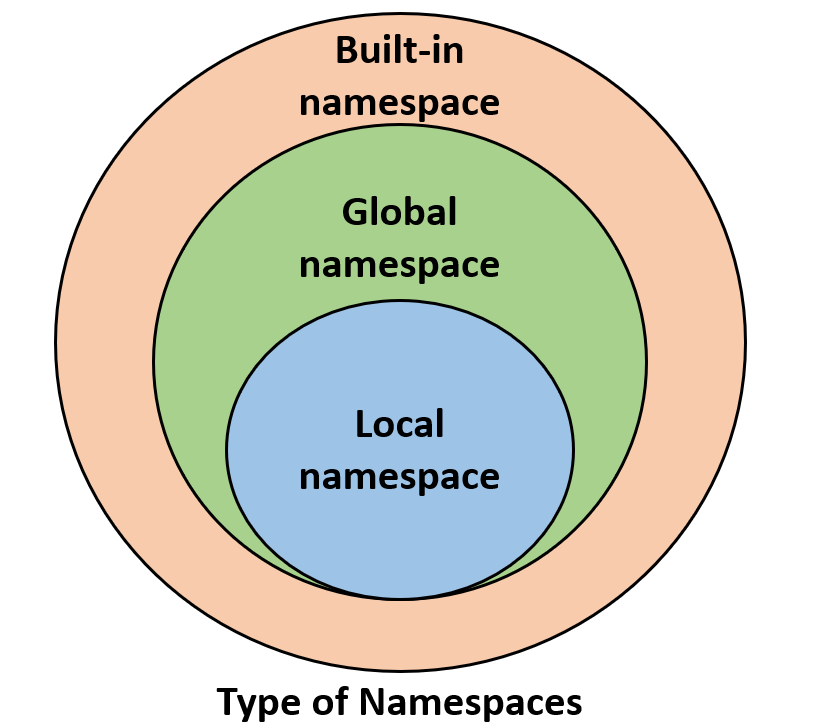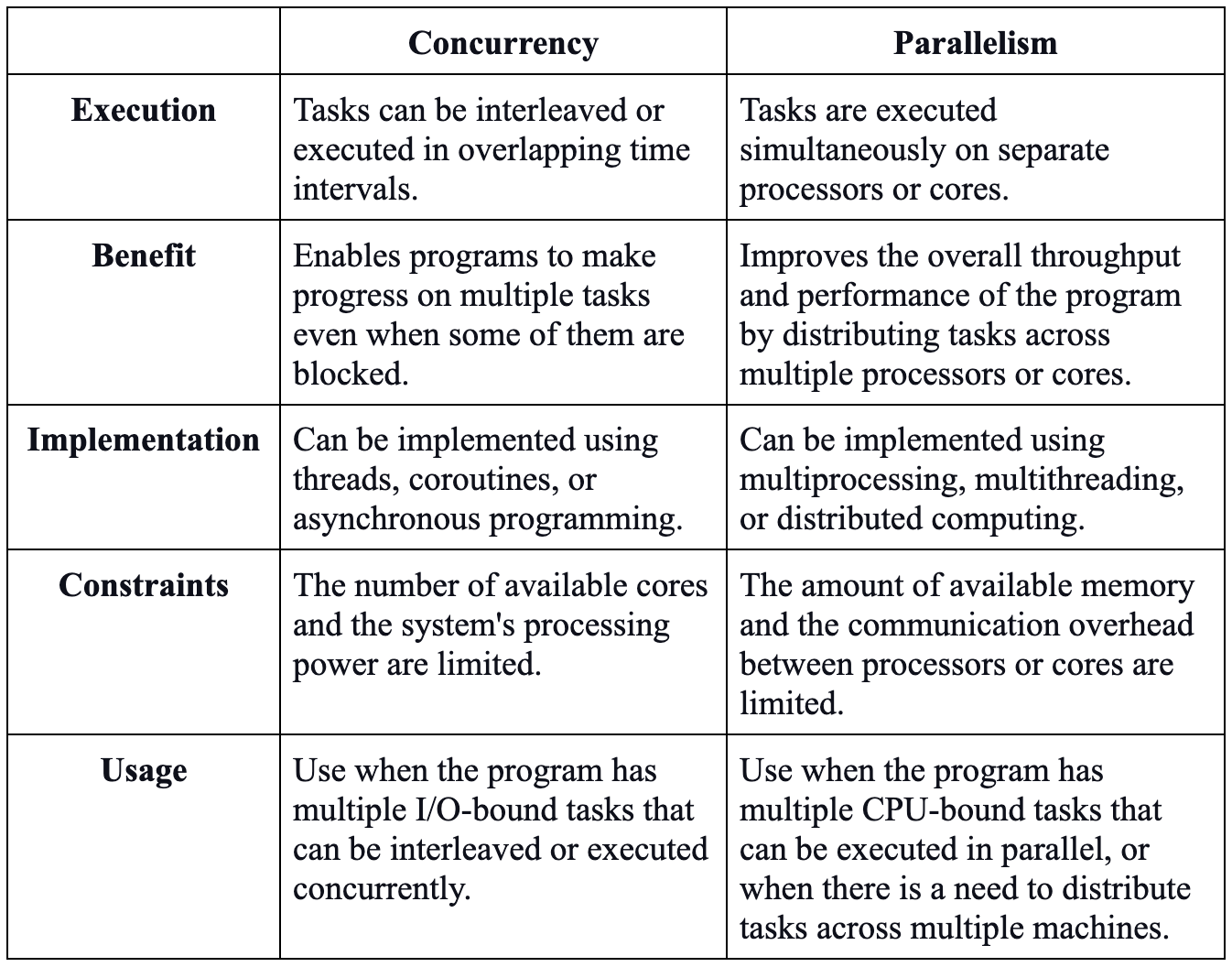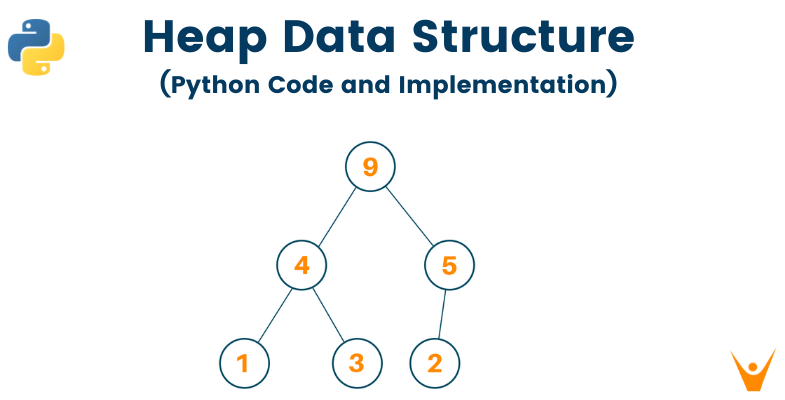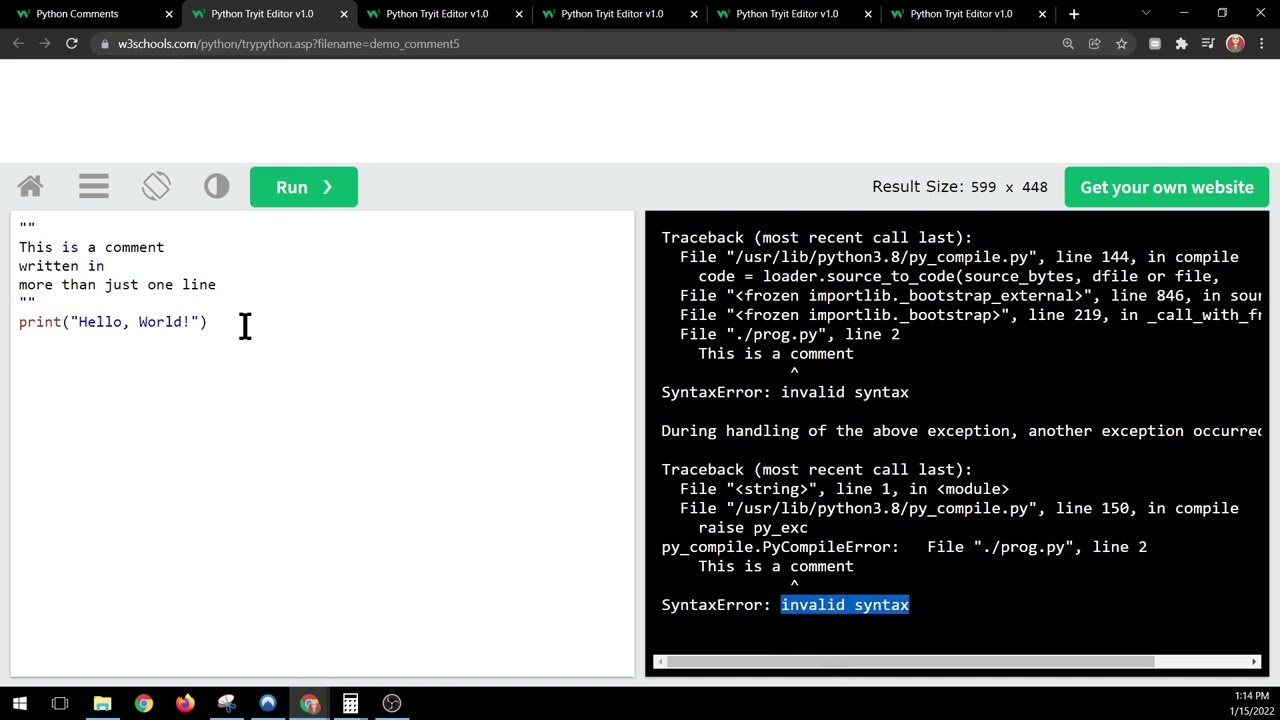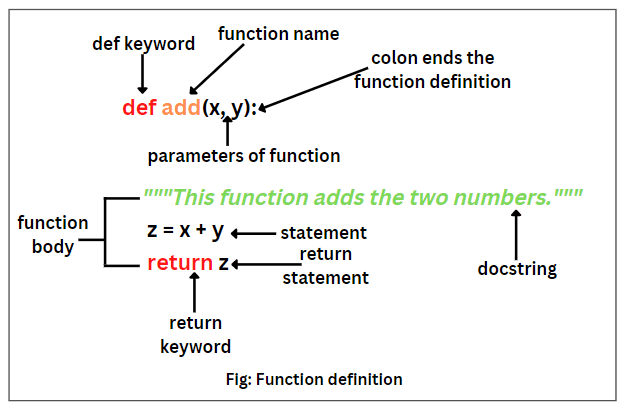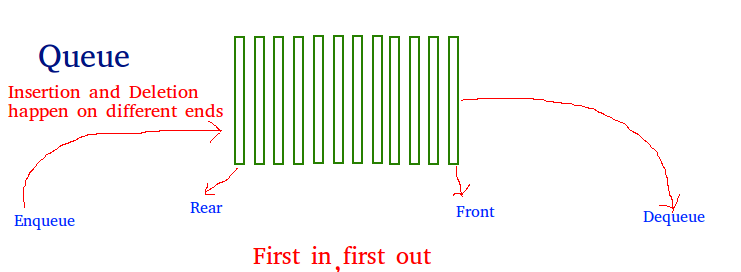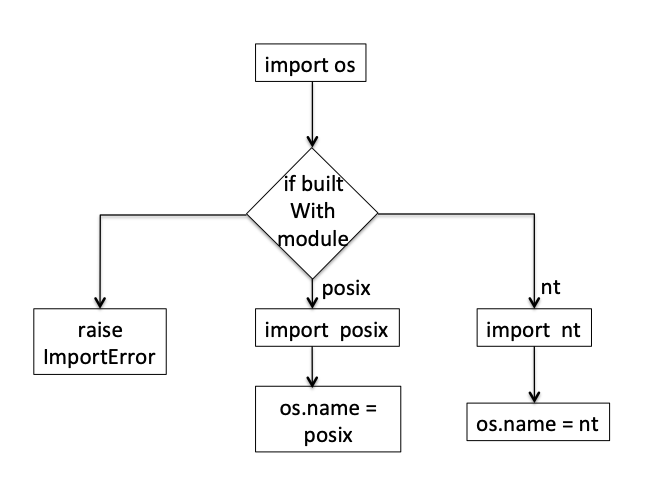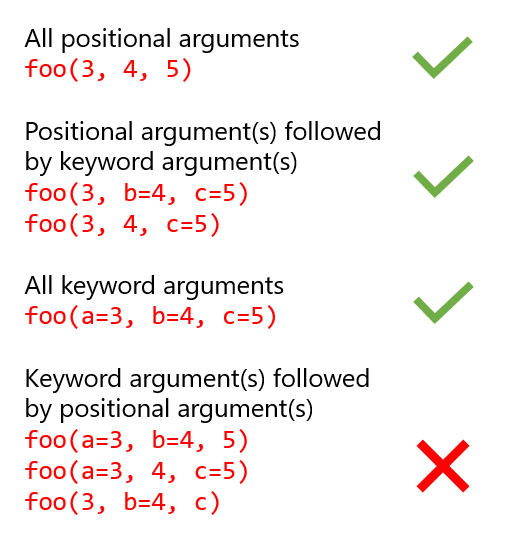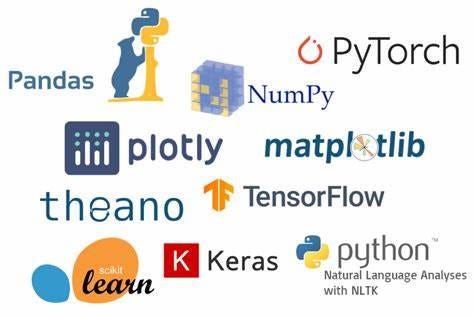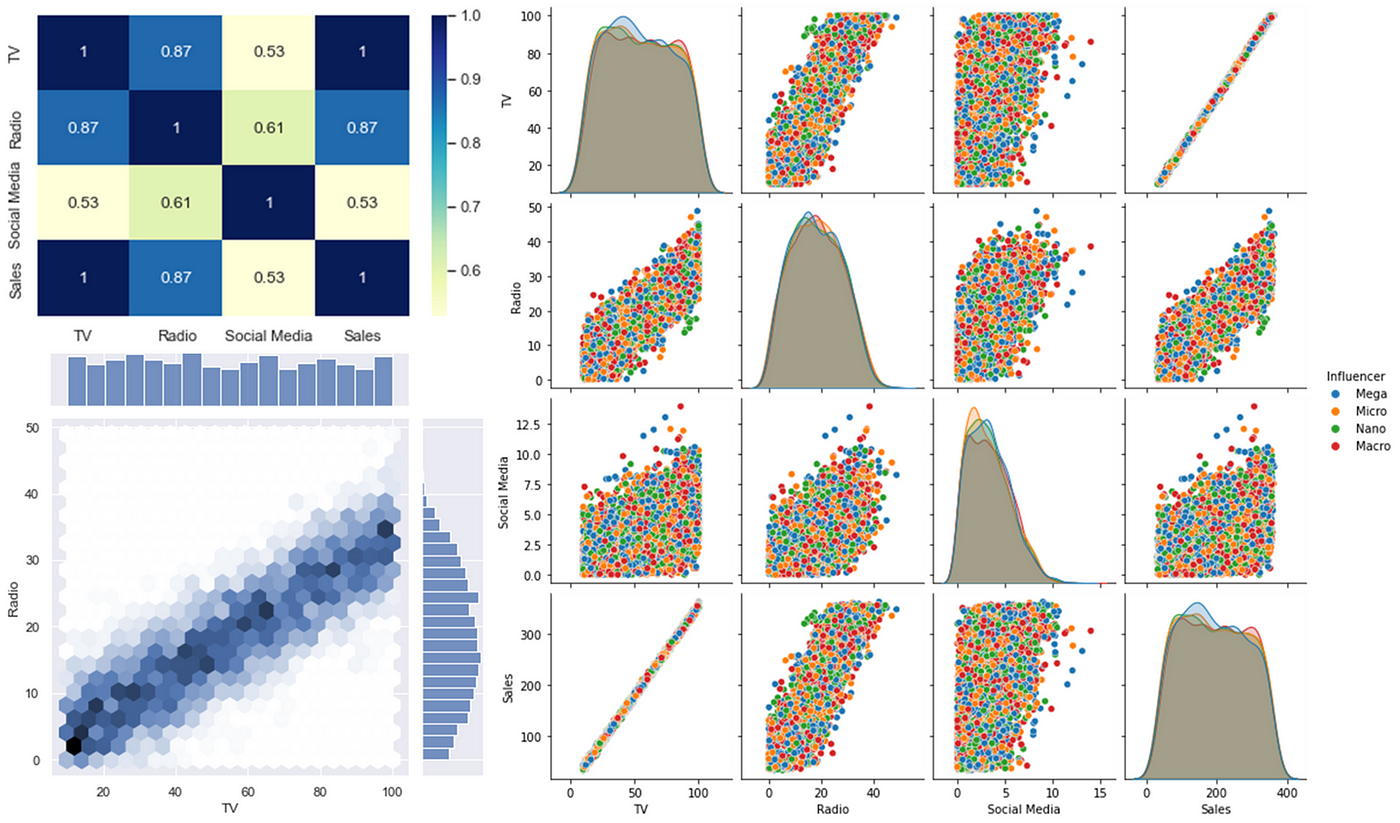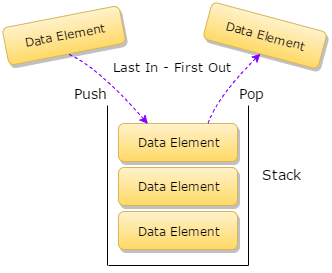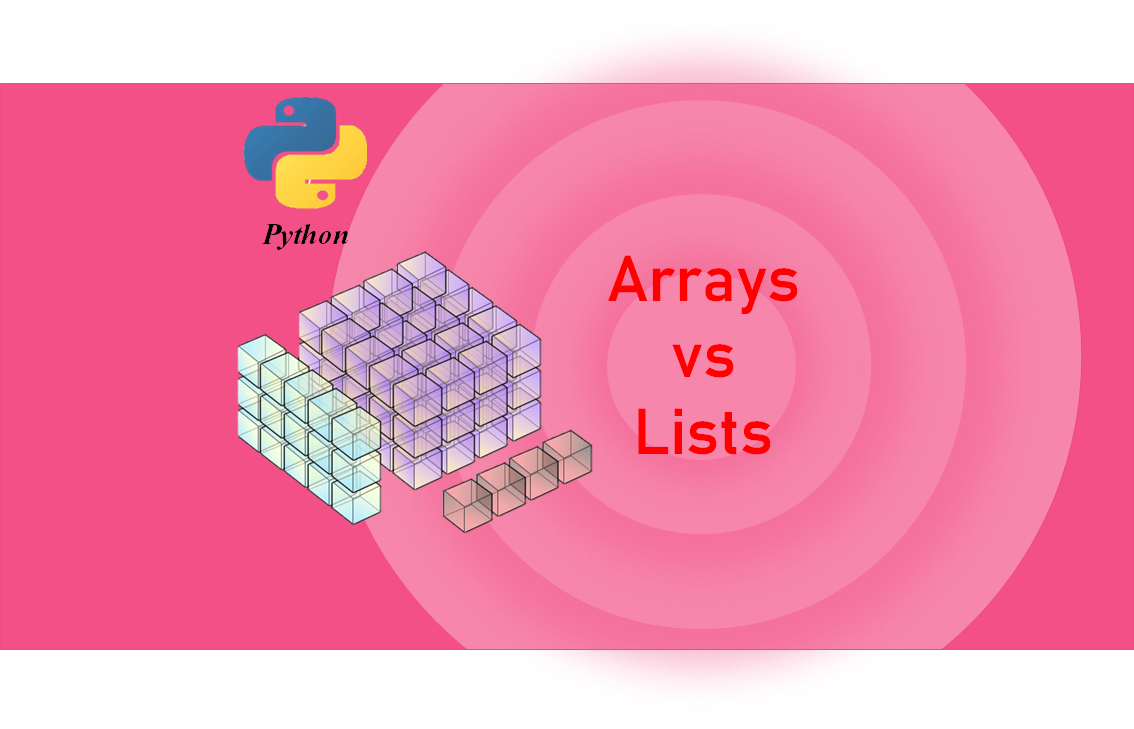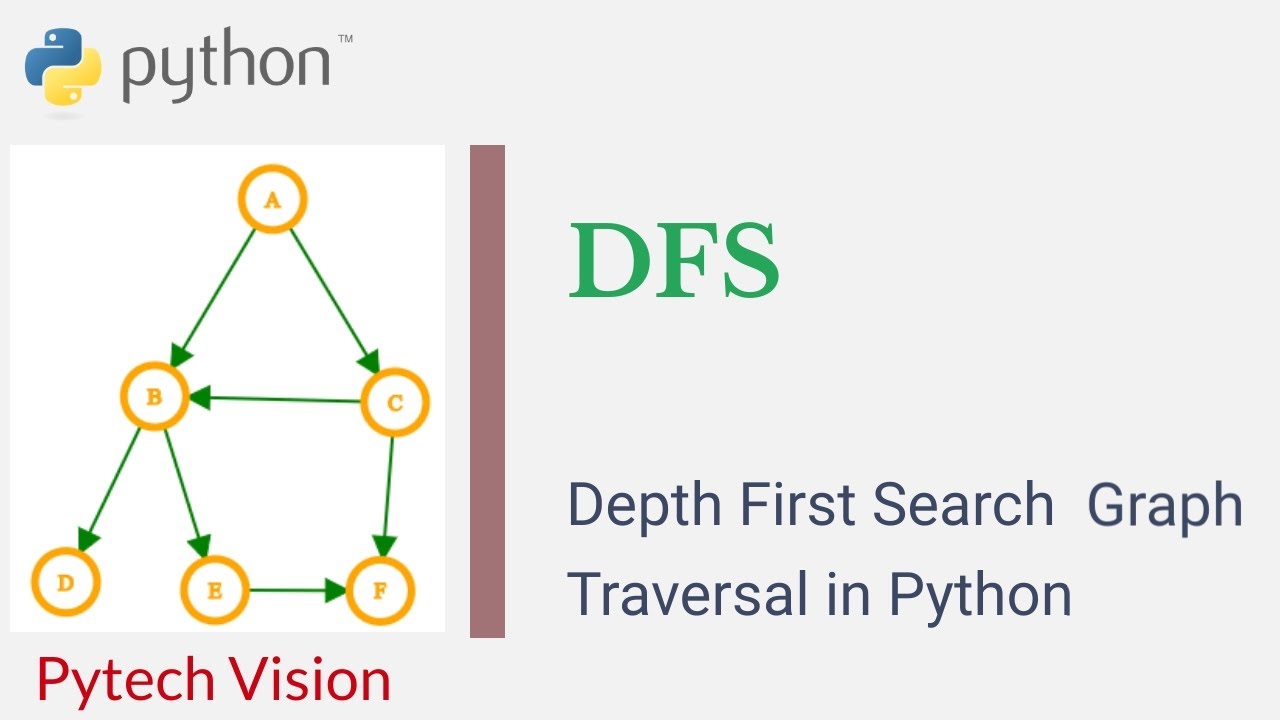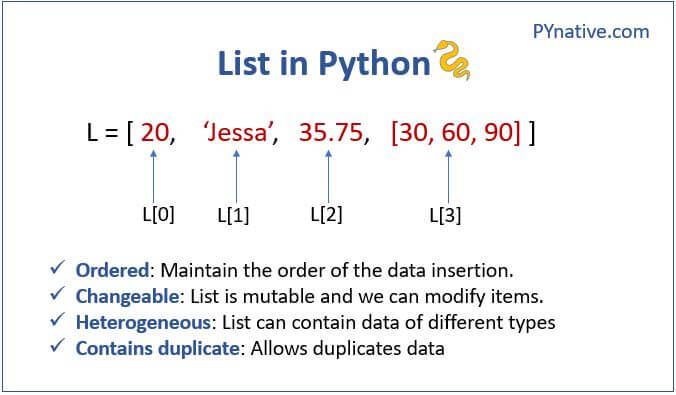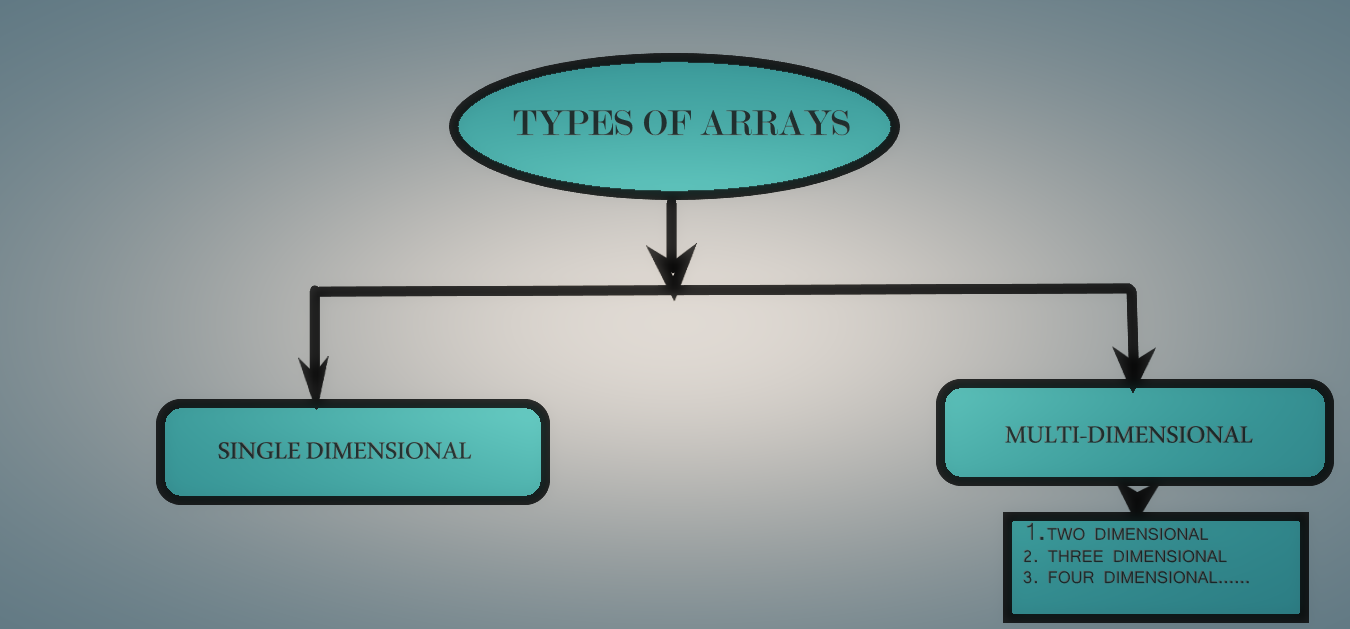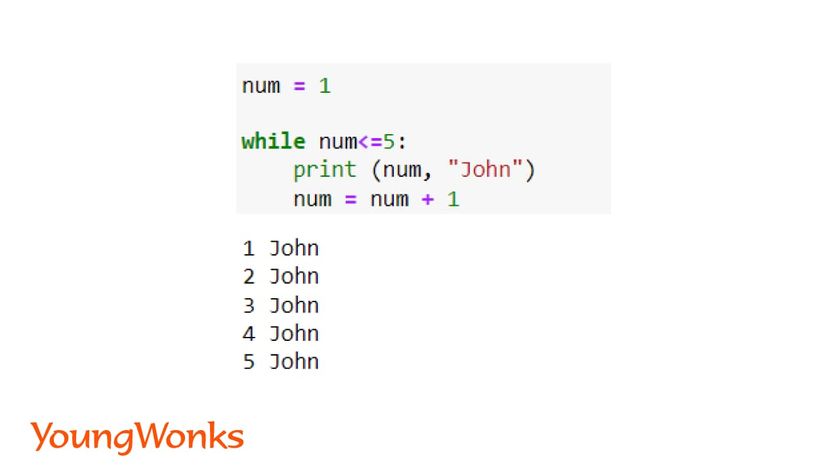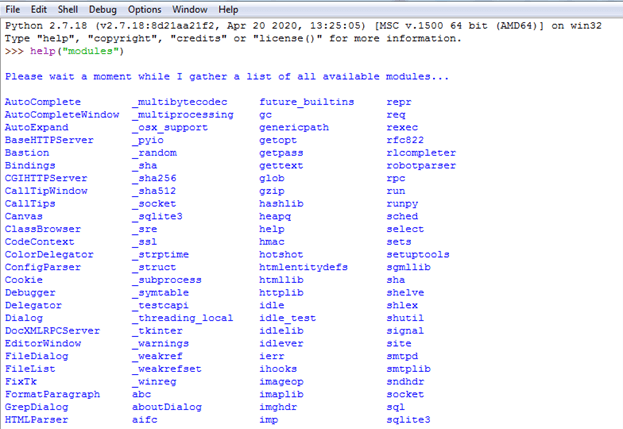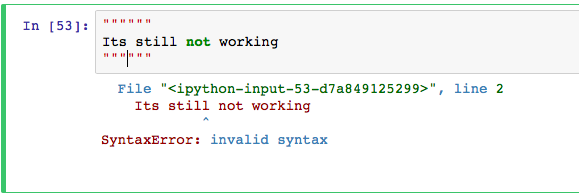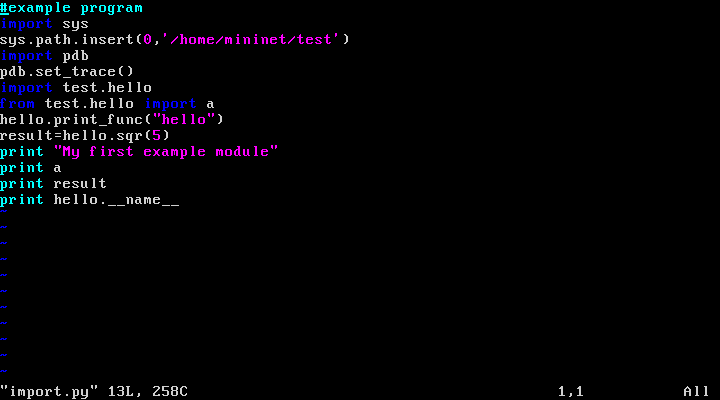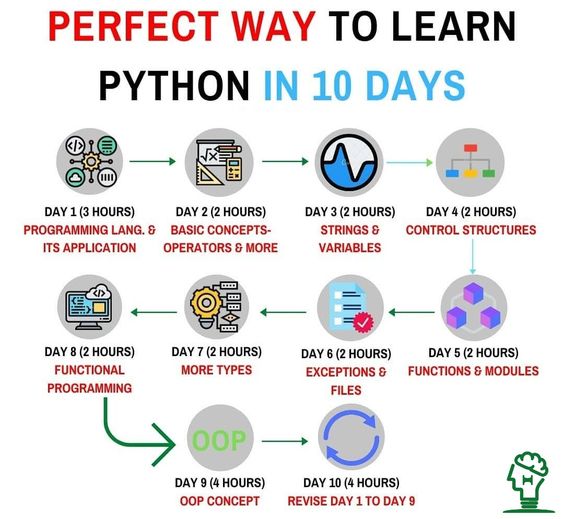Python metaclass vs inheritance
Python metaclass vs inheritance
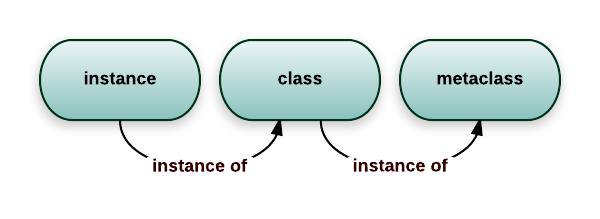
Python Metaclass vs Inheritance: A Comprehensive Comparison
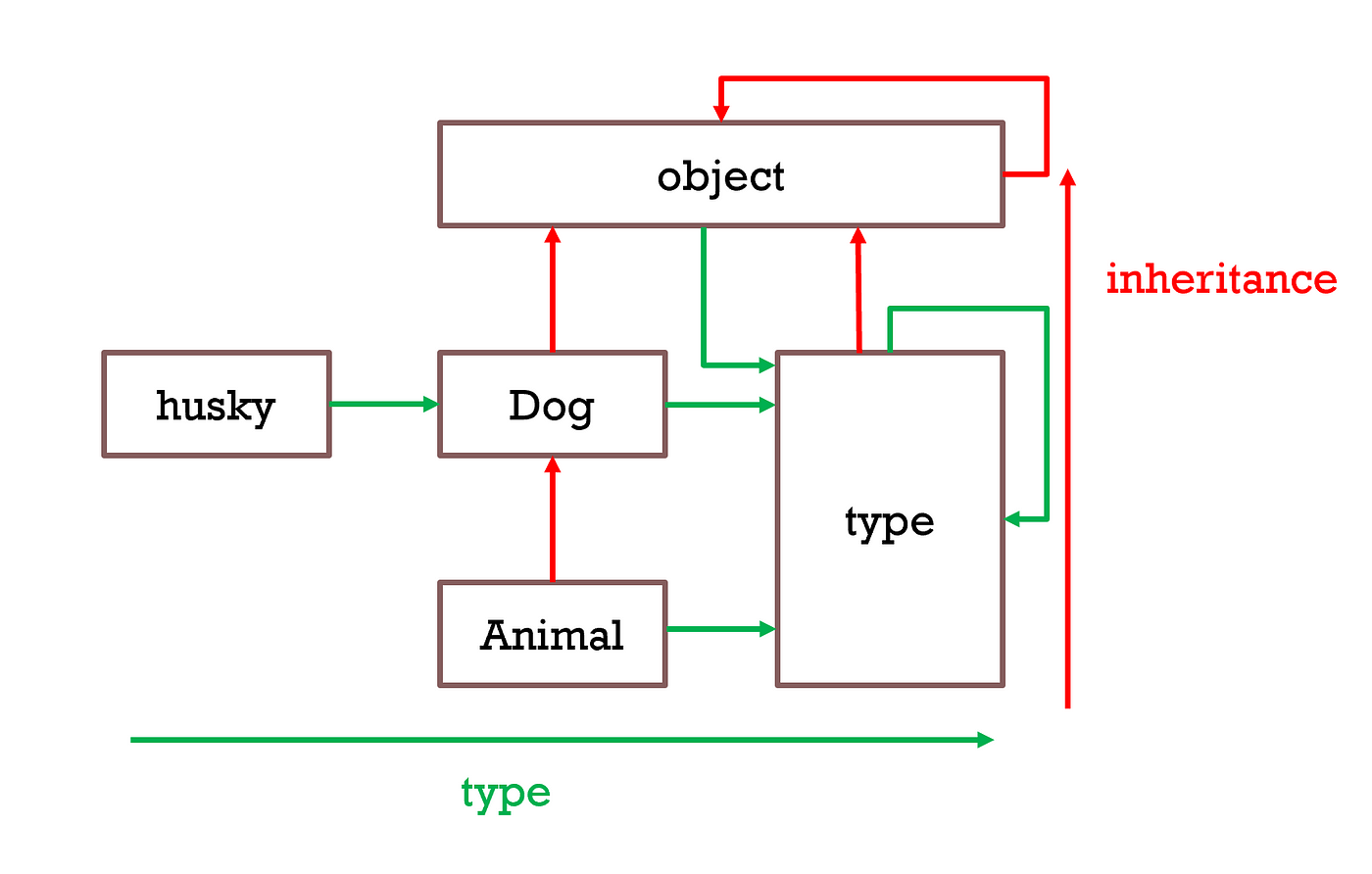
When it comes to designing classes in Python, developers often find themselves faced with a choice between two fundamental concepts: metaclasses and inheritance. While both are essential components of the Python language, they serve distinct purposes and can be used to achieve different goals.
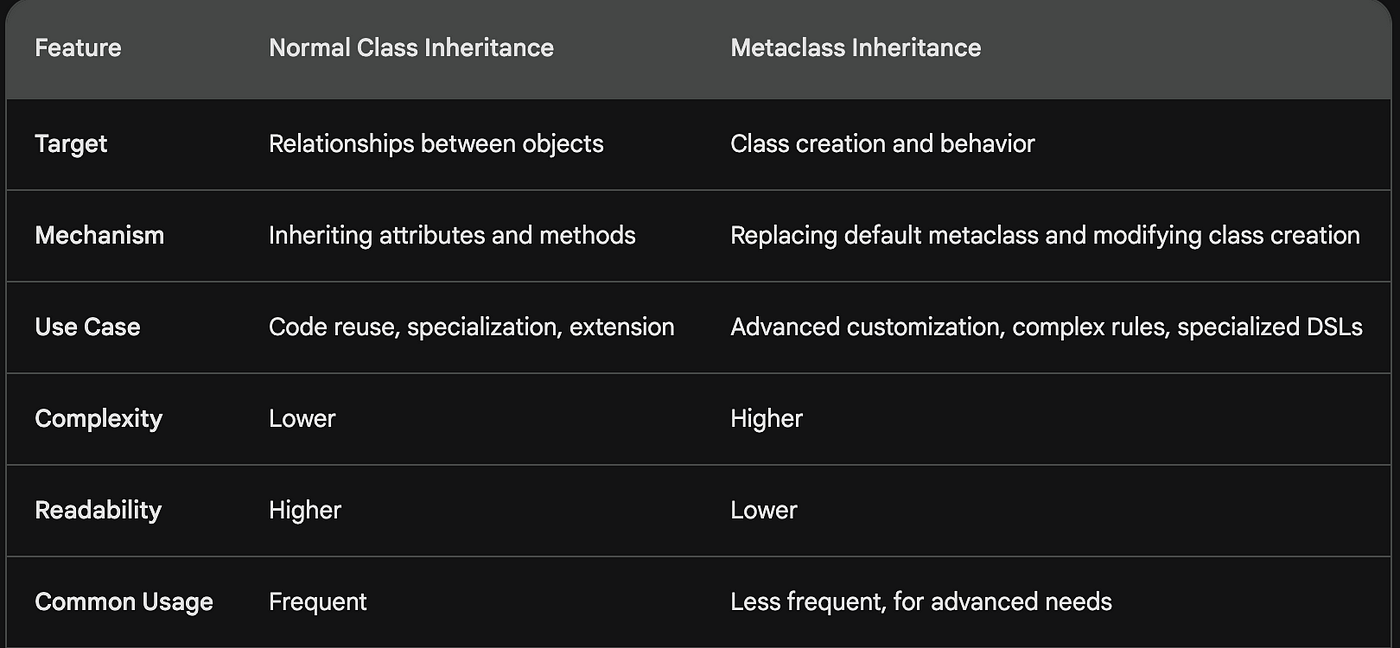
Inheritance
Inheritance is one of the core principles of object-oriented programming (OOP) in Python. It allows a child class to inherit properties and behavior from its parent class or classes. In other words, a child class inherits attributes and methods from its ancestor(s), which enables code reuse and facilitates the creation of hierarchical relationships between classes.
Here's an example:
class Animal:
def init(self, name):
self.name = name
def sound(self):
print("Animal makes a sound")
class Dog(Animal):
def sound(self):
print("Dog barks")
my_dog = Dog("Fido")
print(my_dog.name) # prints "Fido"
my_dog.sound() # prints "Dog barks"
In this example, the Dog class inherits the name attribute and the sound() method from its parent class Animal. The child class can also override the inherited behavior by defining its own implementation.
Metaclasses
A metaclass is a class that creates classes. In Python, when you define a class, you're actually creating an instance of a metaclass. The default metaclass is type, which is responsible for creating and initializing classes.
Metaclasses can be used to manipulate or extend the class creation process by modifying or intercepting the class definition. This allows developers to implement various forms of meta-programming, such as:
Code generation: creating classes on-the-fly based on some input data Class registration: registering classes with a framework or registry Class validation: validating class definitions against certain criteriaHere's an example:
class SingletonMeta(type):
_instances = {}
def call(cls, *args, **kwargs):
if cls not in cls._instances:
instance = super(SingletonMeta, cls).call(*args, **kwargs)
cls._instances[cls] = instance
return cls._instances[cls]
class MyClass(metaclass=SingletonMeta):
def init(self, name):
self.name = name
obj1 = MyClass("Object 1")
obj2 = MyClass("Object 2")
print(obj1 is obj2) # prints True, indicating both objects are the same instance
In this example, the SingletonMeta metaclass ensures that only one instance of a class can be created.
Key differences
To summarize:
Inheritance: Enables code reuse and hierarchical relationships between classes. Allows child classes to inherit attributes and methods from parent classes. Focuses on the relationship between classes, emphasizing "is-a" relationships (e.g., aDog is an Animal). Metaclasses: Allows for meta-programming, enabling manipulation or extension of class creation. Enables the implementation of various forms of code generation, registration, and validation. Focuses on the creation and initialization of classes themselves, rather than their relationships.
While both concepts are crucial in Python, they serve distinct purposes. Inheritance is primarily used to create hierarchical relationships between classes, whereas metaclasses are used to manipulate or extend the class creation process.
In conclusion, when deciding whether to use inheritance or a metaclass, consider the specific requirements of your project:
If you need to reuse code and establish hierarchical relationships between classes, inheritance might be the better choice. If you require more advanced meta-programming capabilities, such as code generation or registration, a metaclass is likely the way to go.What is metaprogramming in Python?

Metaprogramming is a programming technique that involves writing code that manipulates or generates other code. In the context of Python, metaprogramming allows developers to create more flexible and dynamic code by treating code as data.
Python provides several mechanisms for metaprogramming, including:
Meta classes: A meta class in Python is a class whose instances are classes. By defining a meta class, you can customize the behavior of a class when it's created. This allows you to implement complex logic during class creation, such as automatically generating attributes or methods.For example, the following meta class creates a new attribute foo on any class that inherits from it:
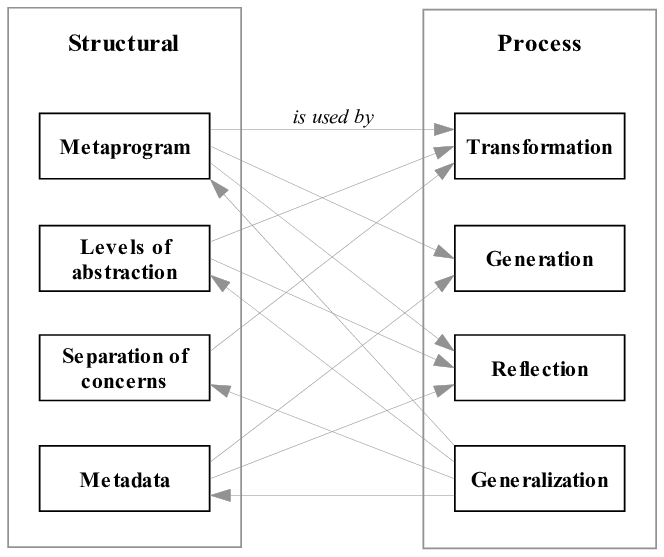
class FooMeta(type):
def new(meta, name, bases):
cls = super().new(meta, name, bases)
cls.foo = "bar"
return cls
class MyClass(metaclass=FooMeta):
pass
print(MyClass.foo) # Output: bar
types.MethodType class allows you to create new methods at runtime. This can be useful for implementing complex logic or generating methods based on certain conditions. Code generation: Python's ast and compile modules provide low-level APIs for parsing and compiling code. By using these modules, you can generate new code at runtime. Dynamic module creation: Python's importlib and types.ModuleType classes allow you to create new modules or modify existing ones at runtime.
Some common use cases for metaprogramming in Python include:
Generating code based on configuration files or user input Implementing domain-specific languages (DSLs) or mini-languages within your Python program Creating code that can adapt to changing requirements or data structures Generating boilerplate code for common tasks, such as serialization or deserializationHowever, metaprogramming can also make the code more complex and harder to understand. It's essential to use it judiciously and only when necessary.
Here is an example of using metaprogramming to generate code:
import inspect
import types
def create_adder(name):
def adder(x, y):
return x + y
return types.FunctionType(adder)
add = create_adder('add')
print(add(3, 4)) # Output: 7
del add
inspect.getmembers(add) # This will raise an AttributeError
In this example, we're creating a new function add at runtime using the create_adder function. The create_adder function returns a new function type and initializes it with the adder function. Then we can call this new function like any other Python function.
Metaprogramming is a powerful tool in Python, but it requires careful use and understanding of its implications.
